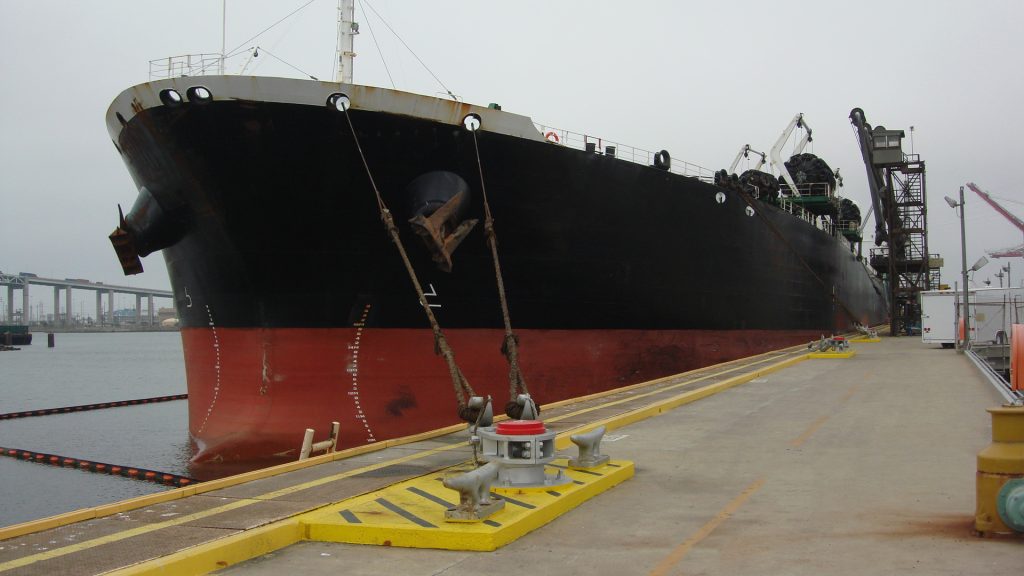Developing and Applying Custom Load Factors to Fender Design

Structural engineers, architects, and building code officials use the American Society of Civil Engineers’ ASCE 7 document to determine minimum design loads for structures. The Load and Resistance Factor Design (LRFD) methodology uses these loads for structural design to ensure that a minimum level of safety is met. The methodology may appear simple on the surface, but a tremendous amount of statistical work has been done to develop these load and resistance factors. Based on this analytical work, ASCE 7 specifies acceptable probabilities of failure for structures based on structure Risk Categories and failure modes. It also provides a methodology for developing custom load factors based on these acceptable failure levels if sufficient statistical data is available. In this webinar, we will describe the LRFD methodology and its statistical basis and explore how it can be used to clarify design methodologies for fenders, critical shock absorbing elements at the interface between ships and port structures, and the structures that support them.
LEARNING OBJECTIVES
After attending this webinar, participants will be able to:
- Understand how LRFD provides a high level of safety in design.
- Identify cases where custom load factors could be beneficial.
- Recognize what sort of data is needed to properly develop load factors.
- Understand the methodologies and complexities surrounding developing load factors for fenders and supporting structures.
Participants will earn 1.0 AIA CES Learning Unit (LU/HSW) for attending the live webinar. Registration is free. Please note that space is limited – email events@sgh.com to join our waitlist if the session is closed when you register.
